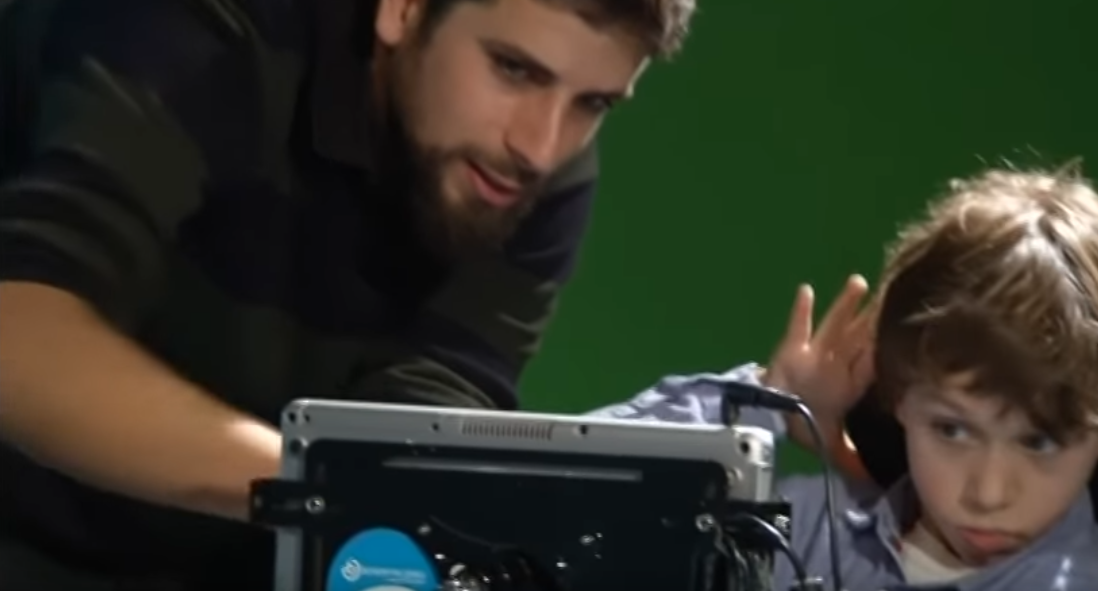A musical interface that allows people with serious motor disabilities to play music
A musical interface that allows people with serious motor disabilities to play music using only their eyes has been developed by a Greek university researcher.
Zacharias Vamvakousis developed the Eye Harp as part of his doctoral thesis at Barcelona’s Pompeu Fabra University.
The 33-year-old PHD candidate, who dedicates his spare time to music, began working on the Eye Harp after one of his best friends, a musician, suffered a traffic accident that left him with severe paralysis.
“The main goal of the Eye Harp is to allow people with motor disabilities that don’t have any access to any other kind of musical instrument to play music with the eyes. It’s designed for people with a high degree of motor disability,” Vamvakousis explained. “You can create arpeggios, change the chords of the arpeggios and at the same time, on top, you can play melodies.”

The instrument consists of a step-sequencer layer, which helps construct chords and arpeggios, a melody layer, and a remote eye-tracking device.
Joel, 11, who has serious motor disabilities in his upper extremities, is learning how to play music with the Eye Harp under Vamvakousis’s supervision.
“He has liked music since he was little,” Joel’s mother Laura Donat, 47, said. “The main benefit (of the Eye Harp) is that he can play music with his eyes because he has a major motor disability and is not able to play any instrument manually.”
Aside from giving paralysed people the means to compose music, the Eye Harp has other mental benefits. For instance, motor brain regions are larger in musicians when compared to non-musicians, Vamvakousis explained. He says the Eye Harp can help users develop cognitive functions and improve memory capacity.
The Eye Harp software is available free of charge on the web.
“It is functional and it can be used by anybody interested, it’s open source and free, so just by visiting the git hub page anyone can download the source and the binaries,” Vamvakousis said.
In a pilot study published in Frontiers in Psychology in 2016 by Vamvakousis, and supervised by Dr Rafael Ramirez, 39 able-bodied volunteers were evaluated from the perspective of both performer and audience. The paper concluded: “The results show that the user’s temporal accuracy improves with practice, as it is the case with traditional musical instruments….We plan to conduct a more extensive evaluation using various fixation detection algorithms in order to confirm this hypothesis.”
Currently the Eye Harp only runs on Windows but Vamvakousis said there are plans for the digital musical instrument to be supported by other platforms in the future.